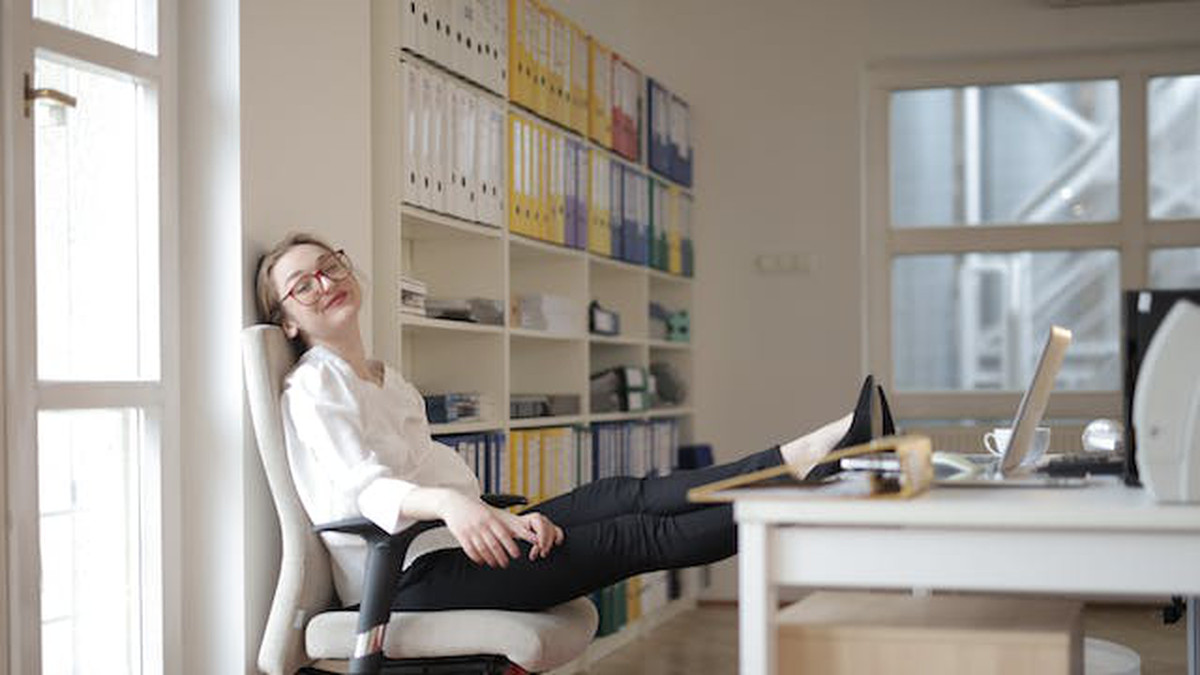Creating your dream office, whether it’s a home office or a corporate workspace, involves much more than just selecting the right furniture and decor. It’s about crafting an environment that not only reflects your professional image but also enhances productivity, creativity, and well-being. This guide will walk you through the steps to designing an office space that aligns with your vision and goals, and how to manage the logistics of setting it up. Planning out your dream office space can be exciting and allows you to customize your workspace to suit your needs, boost productivity, and create a conducive environment for creativity and focus. No matter where your new office is, careful consideration of various factors can help you achieve the perfect balance of functionality, comfort, and aesthetics.
Understanding Your Needs
Before diving into aesthetics, it’s crucial to assess your daily tasks. Consider the nature of your job, the amount of space required, and the tools and technology that support your daily tasks most efficiently. Do you need a quiet area for focused work or a space that encourages collaboration? Do you get overwhelmed with too much art or is it inspiring for you? Understanding these different aspects will help you design a functional office. In your career, do you require multiple monitors? Do you like a standing desk? When planning your office layout, prioritize ergonomic design to promote comfort and reduce the risk of strain or injury. Invest in an ergonomic chair, adjustable desk, and proper lighting to create a workspace that supports your physical well-being. Additionally, consider incorporating standing desks or ergonomic accessories like monitor arms and keyboard trays to customize your setup further.
Choosing the Right Location
The location of your office significantly impacts your work life. For home offices, select a space that minimizes distractions. You also want to pay attention to where your outlets are, so you can make sure to have all of your cords organized. In a corporate setting, consider accessibility for your team and clients. If you’re moving your office to a new city or state, researching the area’s amenities, transportation options, and overall vibe is crucial.
Designing for Comfort and Productivity
Ergonomics plays a vital role in office design. Invest in quality furniture that supports good posture and reduces strain during long hours of work. Adjustable chairs, desks, and monitor stands can make a significant difference in comfort and productivity. Lighting is another critical factor; natural light is ideal, but if that’s not possible, opt for a combination of ambient and task lighting to reduce eye strain. Incorporating adequate storage solutions is essential for maintaining a clutter-free and organized workspace. Choose furniture pieces like filing cabinets, shelves, and storage bins that maximize space while keeping essential items easily accessible. Utilize vertical space efficiently to optimize storage capacity without sacrificing floor space.
Incorporating Your Style
Your office should be a reflection of your professional brand and personal style. Choose a color scheme that inspires you, whether it’s calming neutrals or vibrant hues. Incorporating art, plants, and personal items can make the space feel inviting and boost creativity. Consider the aesthetics of your office space and how it reflects your personal style as a professional. Selecting colors, textures, and decor elements that inspire creativity can foster a positive atmosphere. Incorporate elements of biophilic design, such as indoor plants and natural materials, to bring the outdoors inside and create a calming environment.
Technology and Organization
In today’s digital age, a functional office requires the right technology. Ensure you have a reliable internet connection, sufficient power outlets, and the necessary equipment, such as computers, printers, and communication devices. Organizational tools like shelving units, filing cabinets, and cable management systems can keep your office tidy and efficient. You can also use technology to decorate, such as using a framed TV screen and displaying different artwork to switch up your style. Technology upgrades play a pivotal role in optimizing your office space for efficiency and connectivity. This may include upgrading your computer hardware, investing in dual monitors for increased productivity, or integrating smart devices and automation systems to streamline tasks and improve workflow.
Long Distance Moving
Transitioning to your dream office, especially when it involves long distance moving, requires careful planning. Start by decluttering and taking inventory of what you need to move. Hiring a reputable long distance moving company that specializes in office relocations can alleviate much of the stress associated with moving. They can handle the packing, transportation, and setup of your office equipment, ensuring everything is in place so you can hit the ground running in your new space.
Final Thoughts
Finally, don’t overlook the importance of incorporating elements that promote well-being and mental health in your office design. Creating your dream office is a journey that combines practicality with personal expression. It’s about making a space where you can achieve your best work in comfort and style. Create designated spaces for relaxation and mindfulness activities, such as a cozy reading nook or a meditation corner. Whether you’re setting up a home office or relocating your business, remember that successful office design is a blend of functionality, aesthetics, and well-being. In conclusion, planning out your dream office space requires thoughtful consideration of various factors, including workflow, technology upgrades, ergonomic design, storage solutions, aesthetics, acoustics, and well-being. By carefully curating each element of your workspace, you can create an inspiring and functional environment that fosters your productivity, creativity, and overall well-being after long distance moving.
This article was written by Hugh Grant from TechBullion and was legally licensed through the DiveMarketplace by Industry Dive. Please direct all licensing questions to legal@industrydive.com.
